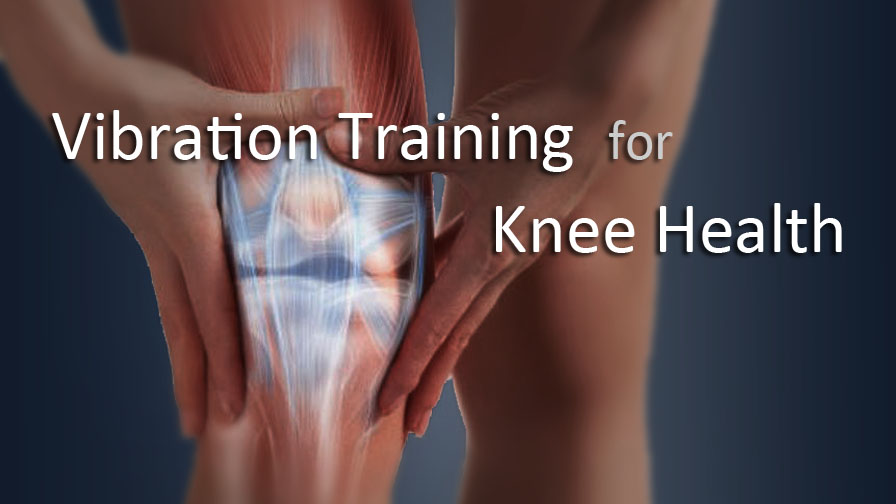
Vibration Training for Knee Health
Vibration therapy has been explored as a potential approach to improving knee health and addressing various knee-related issues. It involves the use of vibrating devices or platforms to deliver mechanical vibrations to the body. While the research in this area is still evolving, some potential benefits and considerations for using vibration therapy for knee health include:
Potential Benefits:
- Pain Relief: Vibration therapy may help alleviate knee pain, particularly in cases of osteoarthritis or knee injuries. The mechanical vibrations can stimulate sensory nerve fibers, potentially reducing pain perception.
- Muscle Activation: Vibration therapy can activate and strengthen the muscles around the knee joint, which can be beneficial for individuals recovering from knee surgery or those with muscle weakness around the knee.
- Improved Circulation: Vibrations can enhance blood circulation in the muscles and tissues around the knee, potentially aiding in the delivery of nutrients and removal of waste products.
- Enhanced Range of Motion: Vibration therapy may help improve joint flexibility and range of motion, making it easier for individuals to move their knees.
- Reduced Muscle Fatigue: Some studies suggest that vibration therapy can reduce muscle fatigue, which may be beneficial for athletes or individuals engaging in physical therapy.
- Balance and Proprioception: Vibrations can influence proprioception (awareness of body position) and potentially improve balance, which can be important for knee stability.
Considerations:
- Individual Variation: Responses to vibration therapy can vary among individuals. What works for one person may not work the same way for another.
- Safety: Ensure that vibration therapy is safe and appropriate for your specific knee condition. Consult with a healthcare provider, especially if you have underlying knee injuries, medical conditions, or if you've recently undergone knee surgery.
- Complementary Approach: Vibration therapy should be considered a complementary therapy and not a standalone treatment for knee issues. It is typically used in conjunction with other evidence-based treatments, such as physical therapy, exercise, and medical interventions.
- Frequency and Duration: The optimal frequency, duration, and timing of vibration therapy sessions for knee health are still subjects of research. Work with healthcare professionals to develop an appropriate protocol.
If you're interested in incorporating vibration therapy into your knee health regimen, it's essential to consult with a healthcare provider, preferably one with expertise in orthopedics or sports medicine. They can assess your specific knee condition, recommend appropriate therapies, and help you make informed decisions about incorporating vibration therapy into your overall knee health strategy. Always prioritize evidence-based treatments and therapies and work closely with your healthcare team to monitor your progress and make necessary adjustments to your treatment plan.